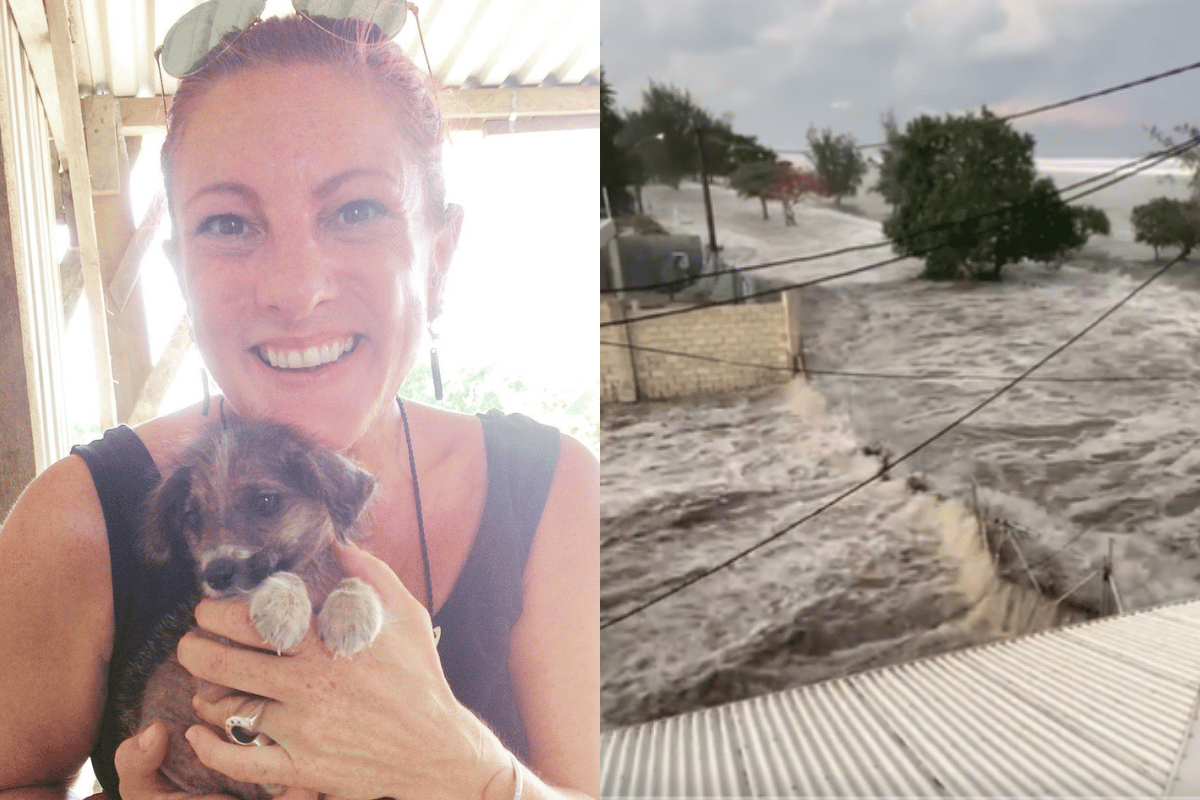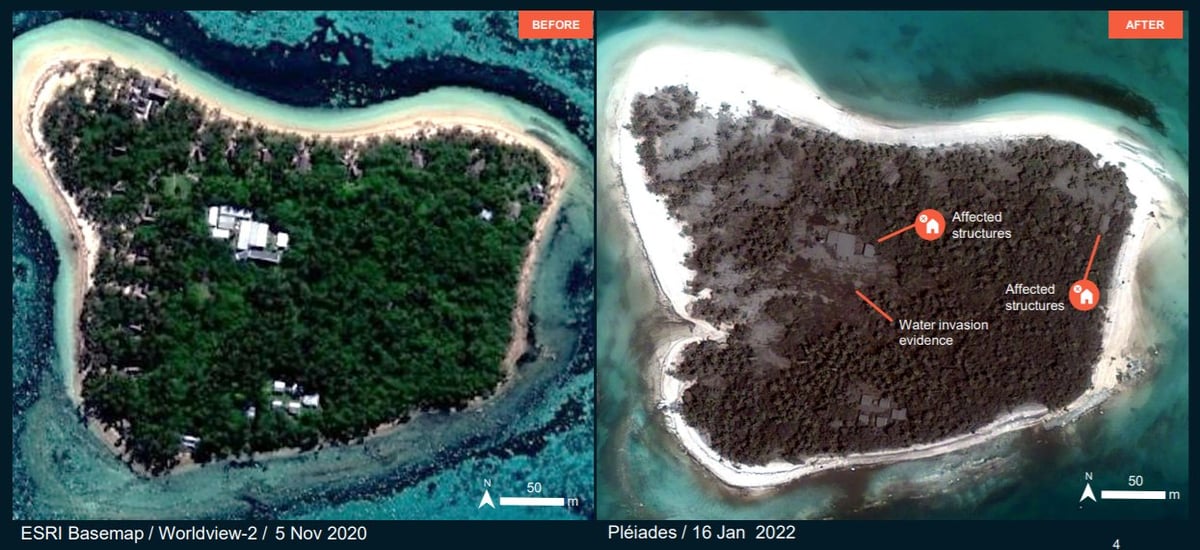
The impact of a volcanic eruption off Tonga over the weekend has been felt around the world.
On Saturday, the underwater Hunga Tonga–Hunga Haʻapai volcano violently erupted, sending plumes of smoke and ash into the air and triggering tsunami warnings in a number of countries.
In the days since, our social media feeds have been full of footage of the eruption and tsunami waves crashing into coastal homes.
So far, there have been three confirmed deaths. However, officials fear the death toll in Tonga, which remains largely cut off from the rest of the world, could rise as the damage is assessed.
As the situation continues to unfold, here's everything you need to know about Tonga's volcanic eruption.
What happened when the volcano erupted?
The Hunga Tonga–Hunga Haʻapai volcano, about 30 kilometres southeast of Tonga's Fonuafo'ou island, erupted on Friday 14 January, sending plumes of ash 20km into the air.
The next day, around 5:26 pm Saturday local time, the underwater volcano erupted a second time, triggering warnings of 1.2-metre tsunami waves and evacuation orders on the shores of Tonga as well as several South Pacific islands.
An hour later, internet and phone lines went down, leaving the 105,000 residents on the islands virtually uncontactable.
Meanwhile, the island of Hunga-Tonga-Hunga-Ha'apai all but disappeared following the blast, according to satellite images from about 12 hours later.

